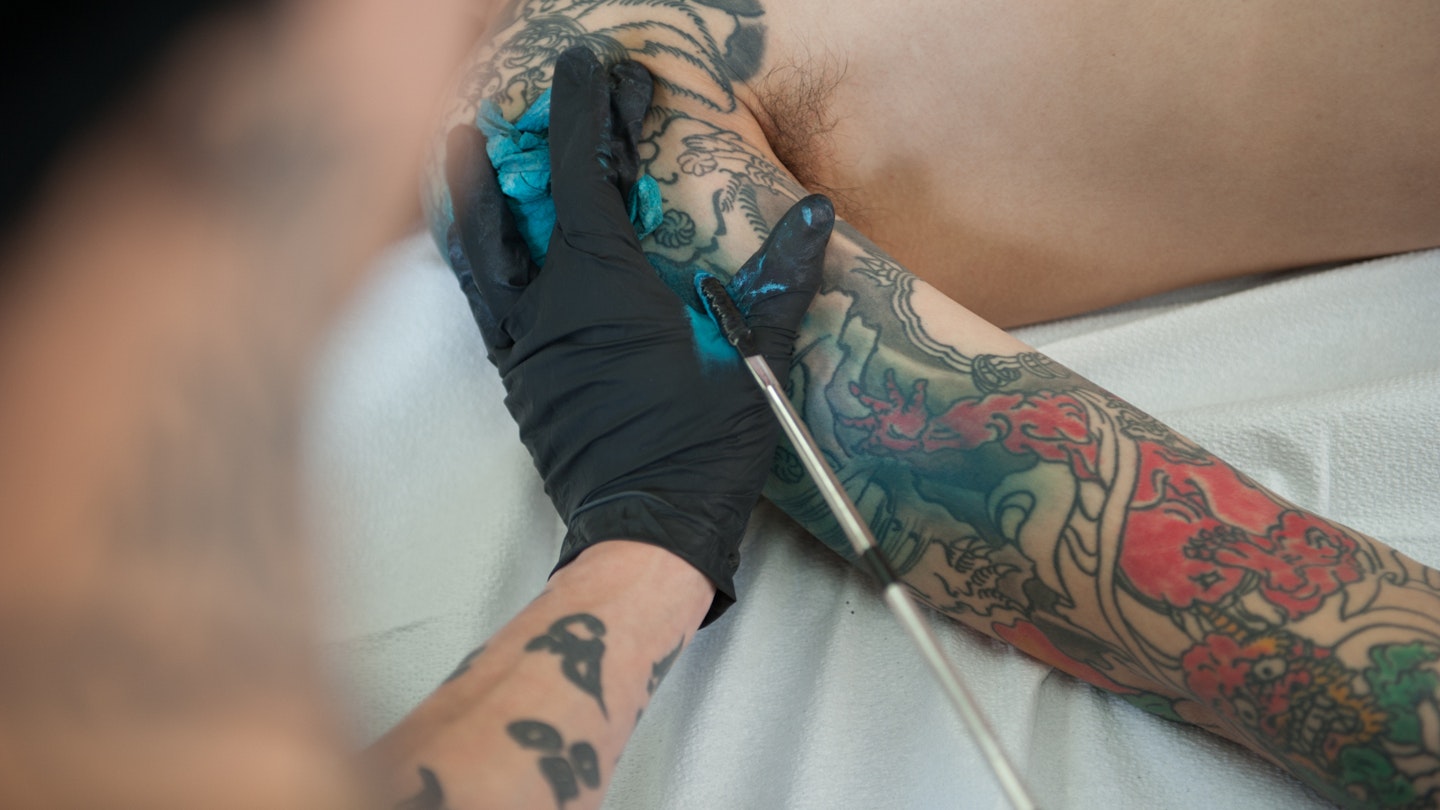Discover Six Unique Tattoo Styles from Around the World
Tattoos have never been more popular, with more people worldwide embracing body art as a form of self-expression and personal identity. For many cultures, tattooing has always played a significant role, leaving a lasting impact on the history and traditions of various civilizations throughout time.
Many of these styles and practices continue to exist and may be exciting for travelers to explore with cultural respect and understanding. Here are six unique tattoo styles from around the globe.
1. Irezumi
Irezumi refers to traditional Japanese tattoos, which have roots dating back centuries. Scholars trace their origins as far back as the Jōmon period (14,500 – 300 BCE), and their popularity surged during the Edo Period (1603 – 1867). Although this art form eventually acquired a negative connotation due to its association with criminal punishment, its legacy endures.
Today, Japan’s relationship with tattoos remains complex. While younger generations are increasingly accepting tattoos, many onsens still impose restrictions against entry for individuals with visible tattoos. However, resources like dedicated websites have emerged to help travelers find tattoo-friendly baths.

Tebori (meaning hand-carved) is a technique where artists use needles attached to a long wooden handle with silk thread. While less common today, traditional artists like Takashi Matsuba are preserving this method that produces rich shading using unique inks.
This style often draws inspiration from Japanese Ukiyo-e, with the munewari style depicting full-body suits that keep certain areas of skin free from ink, influenced by the desire to wear kimonos without tattoo visibility.
Popular Japanese themes and motifs inspire diverse styles worldwide, resulting in body art adorned with samurai, carp, oni, dragons, and cherry blossoms.
2. American Traditional
Characterized by bold outlines, clean shapes, and bright colors, American traditional tattoos are easily identifiable. Common motifs consist of “pin-ups,” hearts, daggers, ships, swallows, anchors, and mermaids, often reflecting the history of sailors and soldiers who originally embraced this style.
Artists such as Norman “Sailor Jerry” Collins were instrumental in melding Asian inspirations with American tattooing. The popularity of tattoos surged after returning veterans inked themselves during their overseas deployments.

By the mid-20th century, tattoos became synonymous with counterculture, evolving into different styles such as neo-traditional, portraiture, and new school.
3. Mehndi
As an ancient body art form, Mehndi involves using henna to create intricate patterns on the skin. The paste, made from dried leaves, results in designs typically applied to hands, arms, and feet.
This traditional art form flourishes in countries like India, Africa, and the Middle East, showcasing floral and geometric motifs. In India, mehndi is prevalent during special weddings and festivals, mirroring cultural significance and celebratory moments.

Mehndi serves as a temporary option for individuals seeking body adornments and can be found in craft stores and online. Observing the application on streets across Asia, the Middle East, or even Europe is common.
While henna tattoos usually last around two weeks, care should be taken to ensure natural ingredients are used, particularly when acquired from street vendors. Choosing brown henna over black or red is advisable, as the latter may contain harmful additives.
4. Sak Yant
Sak Yant tattoos from Thailand are celebrated for their hand-tapped designs and have garnered interest from travelers and celebrities alike. This ancient system has deep roots throughout Southeast Asia.
Practiced in places like Laos, Cambodia, and Myanmar (Burma), Sak Yant tattoos usually involve a Buddhist monk or Ajarn creating freehand designs featuring symbolism and geometry with the belief of magical protection for the wearer.

Receiving these tattoos comes with guidelines for the wearer to follow, often rooted in the culture’s beliefs, and the process typically occurs at specific temples. Visitors may experience language barriers, yet organizations like Sak Yant Chiang Mai facilitate cultural exchanges and tattoo experiences for tourists.
5. Polynesian
Polynesian tattooing encompasses a rich history and tradition, tracing back to ancient societies with diverse styles like Samoan tatau and Hawaiian kākau. Throughout history, this form of body art has conveyed status and identity within local cultures.
The 18th century saw Captain James Cook introduce the term “tattoo” to Europe, drawing from his travels to New Zealand and Tahiti. As body art marked significant life events and social status, it remains woven into Polynesian culture.

Modern practitioners utilize both traditional hand-tapping and contemporary machine techniques, marking symbols like turtles, waves, and other ancestral motifs that tell individual stories.
6. Celtic
The Celts, a collection of tribes from central Europe, have historical ties to tattooing, although no visual evidence from ancient or medieval times remains. Ancient texts reference Celtic tattoo traditions, notably among the Picts in northern Scotland.

Today’s Celtic designs blend multiple influences, featuring spirals, knotworks, and triskeles, commonly sought after by visitors to Ireland. The Book of Kells in Dublin exemplifies historical Celtic artistry.
Making informed choices and appreciating the cultural significance of different tattoo styles can enhance one’s travel experience, while also paying respect to the traditions behind each unique form of body art.





